Flying and Falling: Masahisa Fukase
Since writing about Les Choucas, I’ve spent more time researching crows and ravens. In the process, I came across the work of Japanese artist Masahisa Fukase. His photobook The Solitude of Ravens is regarded by some as one of the greatest photo books of all time. The original edition is highly sought after and very expensive. Fortunately Mack Books has printed a third edition that is reasonably priced. (Print is not dead, yet!)
I haven’t bought a photo book in a long time, but this one was calling to me. It showed up on a weekday, and I waited until the weekend so I could view it properly — in the morning, with a coffee, and nowhere to be. The black and white images are masterfully shot and printed, and convey a heaviness and sadness that I found very moving. I could tell from the images that Fukase was feeling something very deeply that he needed to say through his work.
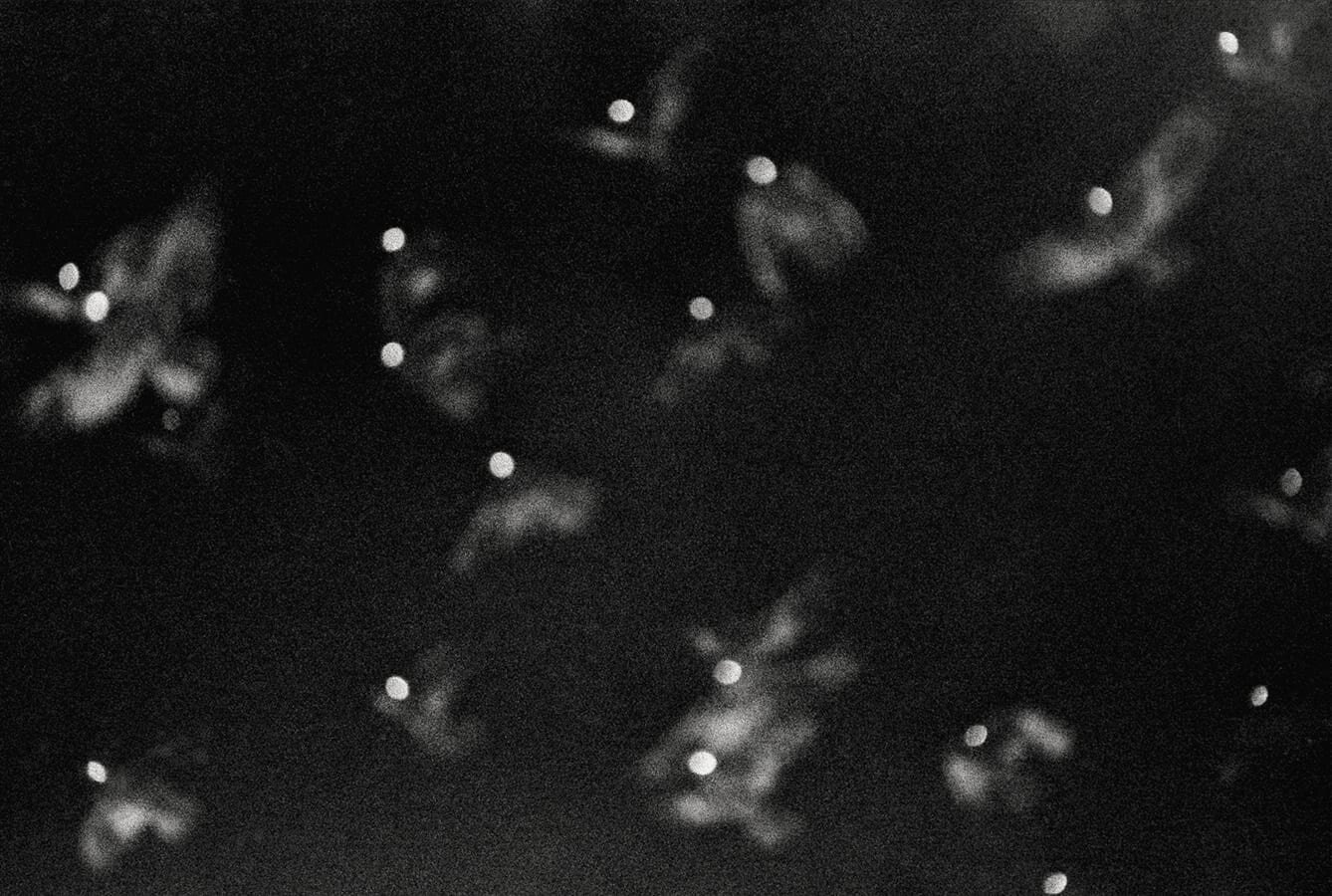



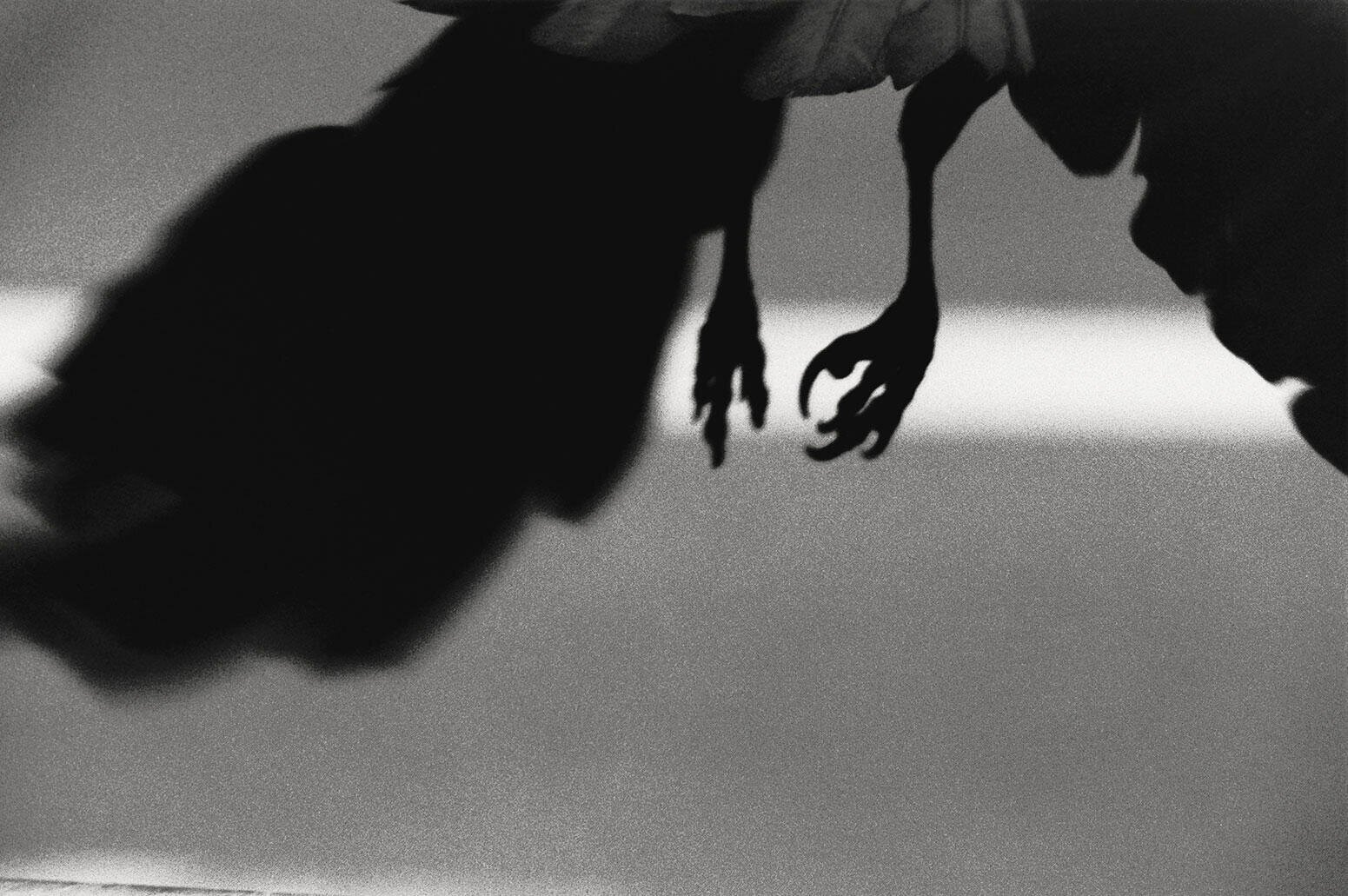

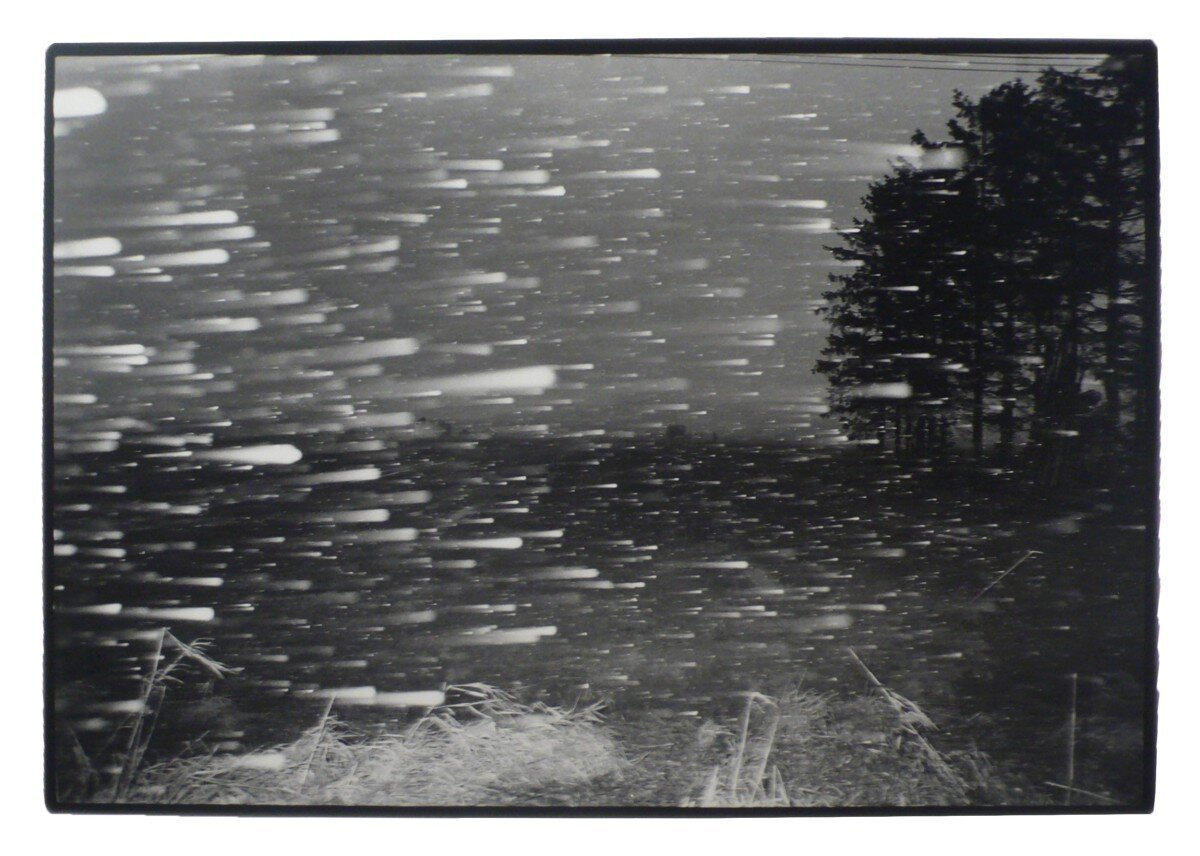

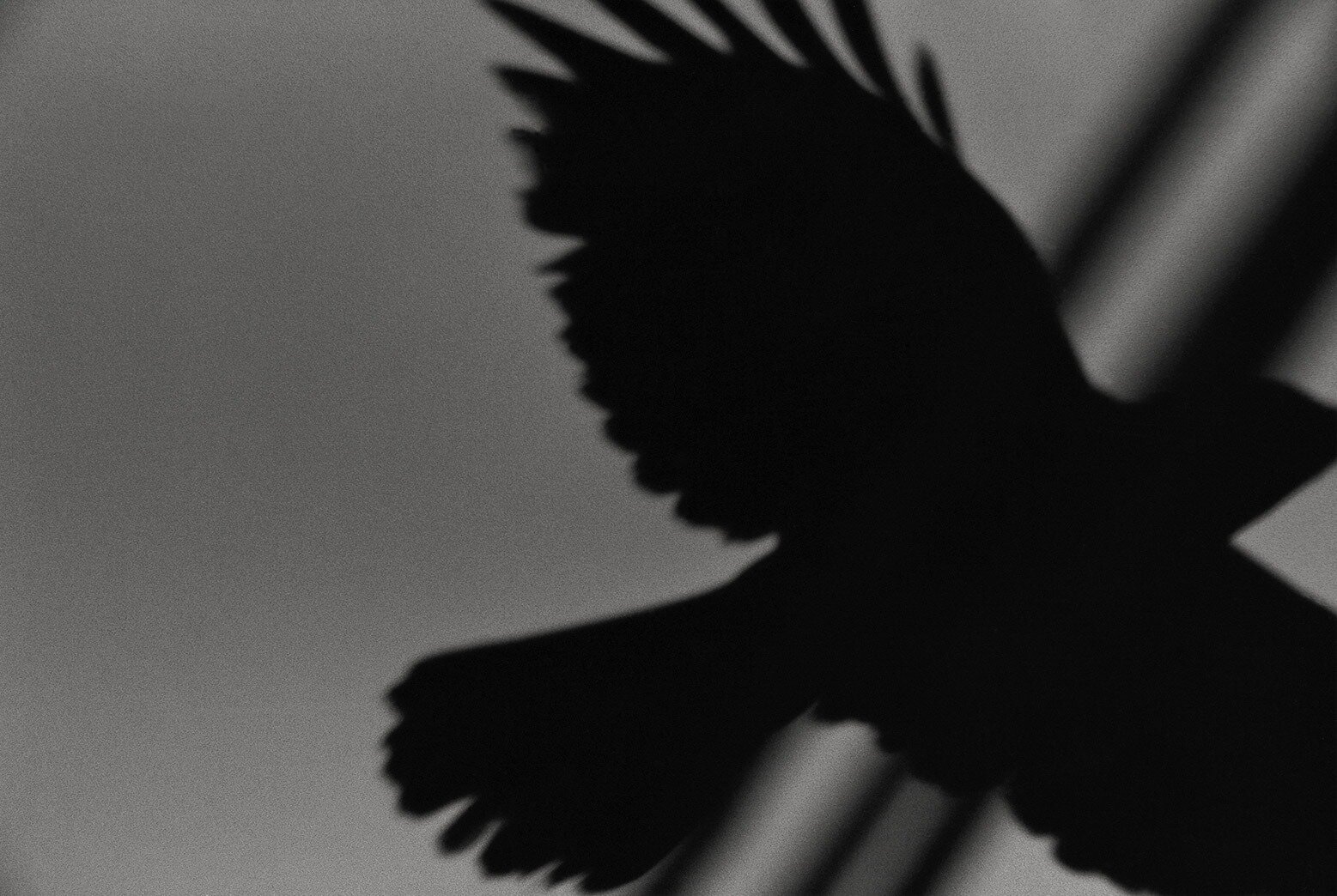
Fukase was born in Hokkaido, where his father had a portrait studio. He worked as a documentary editorial photographer before moving into art. The images in Ravens were made over 10 years following his divorce from his wifi Yoko, who had been his muse and subject for much of his career. As the story goes, shortly after his divorce, he was on a train with his camera and stepped off at a random stop where he began photographing the ravens in the area. He followed this curiosity in the black birds over the next decade, shooting them in urban settings, at night, from far, and up close.
In Japanese mythology, ravens are considered disruptive presences and harbingers of dark and dangerous times. This may be why he was drawn to them in a difficult stage in his life. It’s easy to imagine that over many years, he not only identified with them, but eventually became one with them. This is the feeling I got when viewing his book — the connection between subject and artist was so strong and clear, it was hard to separate the two. In fact, after publishing Ravens, Fukase went on to make this composite image that I found very powerful:
Beyond Ravens, Fukase made a lot of work that I found super compelling. In 1992, he presented a body of work called Hibi, which consists of photographs of cracked pavement overlaid with loose brushstrokes of bright paint. I get the sense that he was trying to break the boundaries of photography - as if he had reached the limits of the medium, and was ready to explore a newer, broader, more abstract territory:
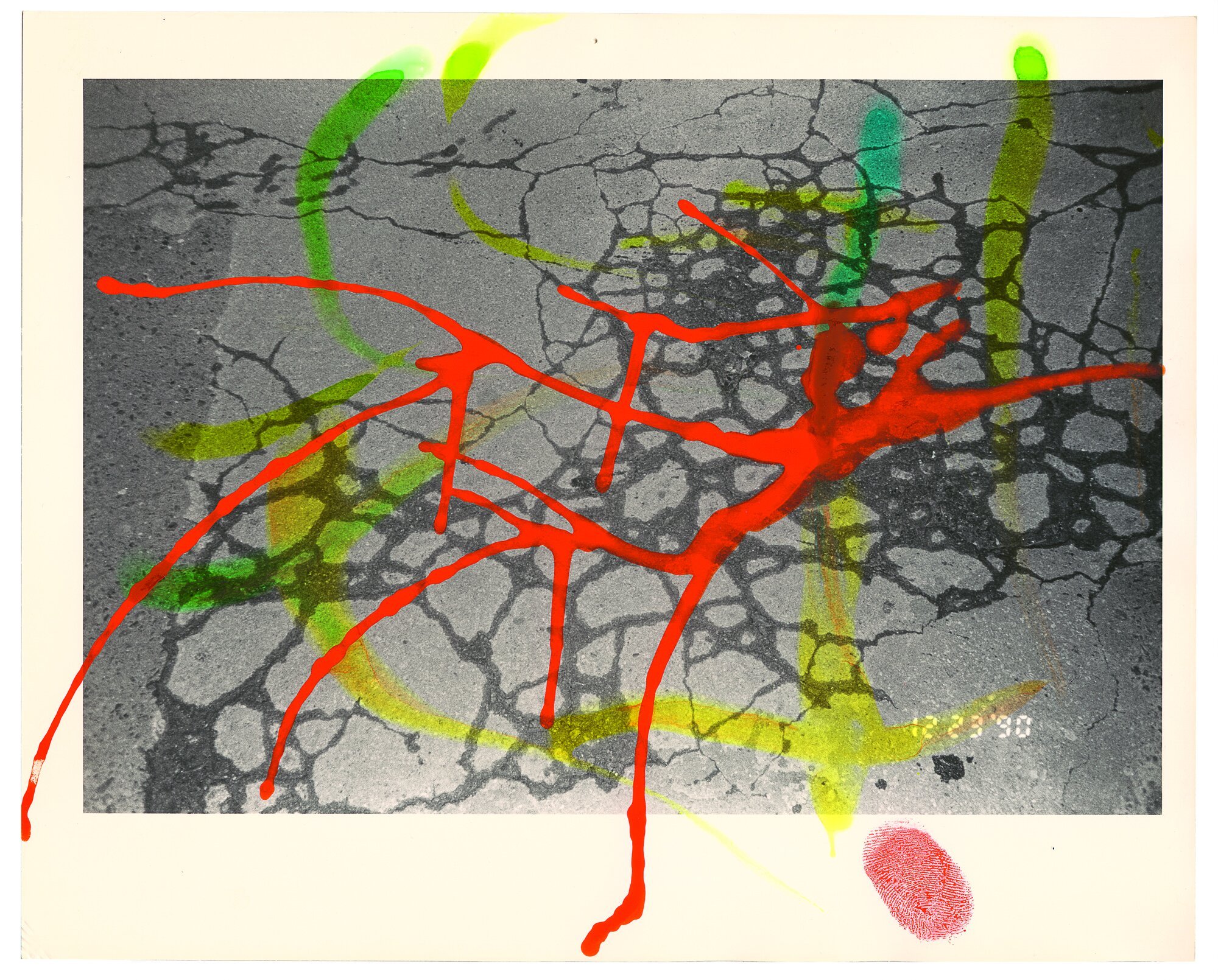
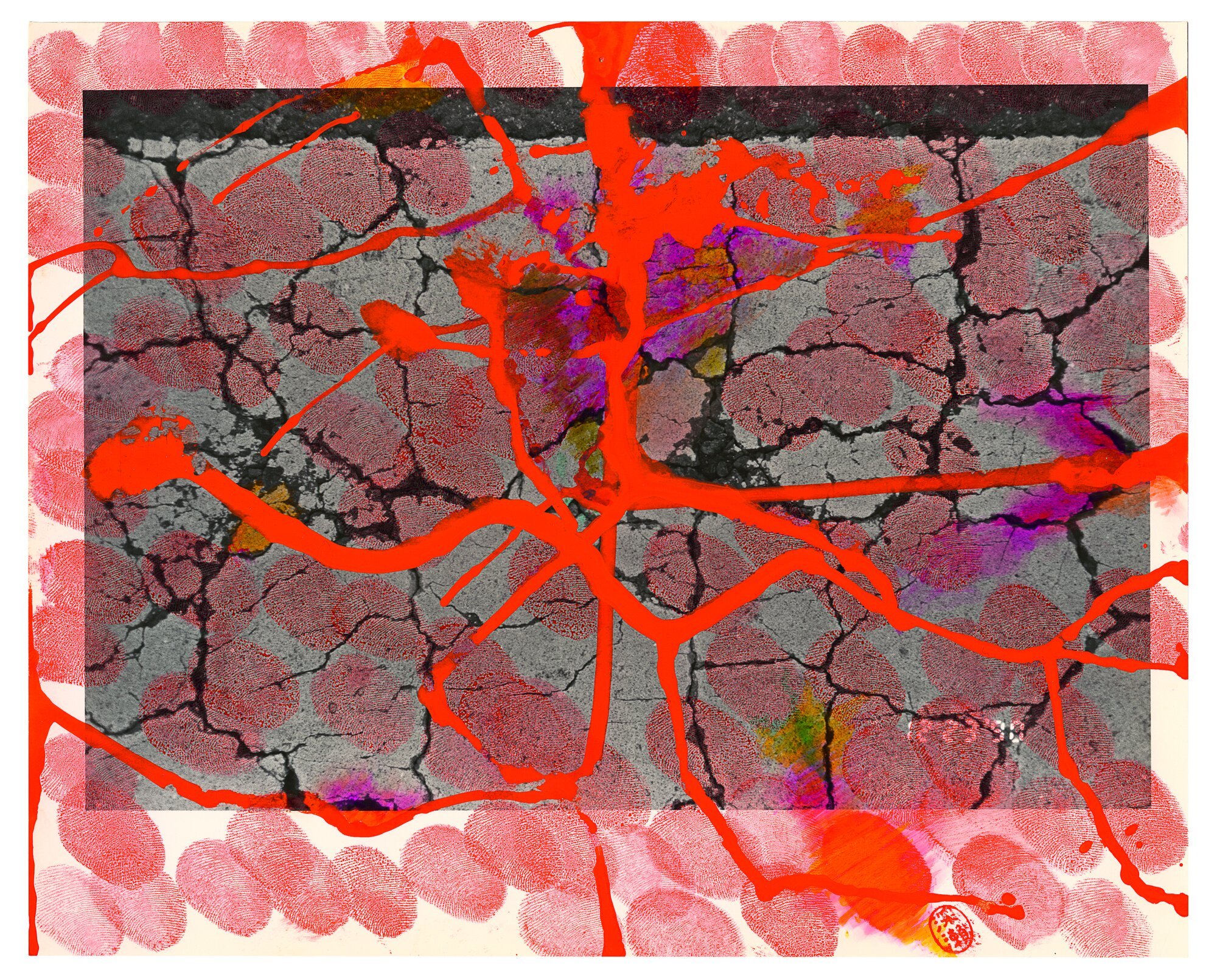

He also took a lot of pictures of his cat, which he named Sasuke Number Two. Here is one that I have known and loved, but until now didn’t realize it was from Fukase:
By most accounts of people that knew Fukase, he was someone that led a dark and difficult life. His art was his way of coping with the darkness, which makes the last chapter of his life even more tragic. One evening in 1992, at a bar he used to frequent in the Golden Gai neighborhood of Tokyo, he fell down a set of stairs. The fall left him with permanent brain damage that put him in a coma for almost 20 years. He died in 2012. Japanese photographer Maki, as an homage to Fukase, photographed the stairs that ended his life:




